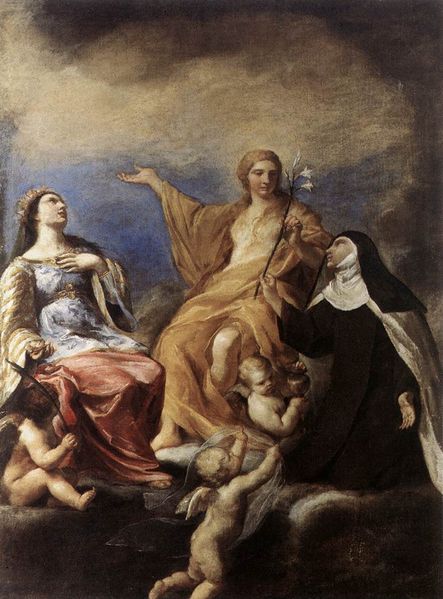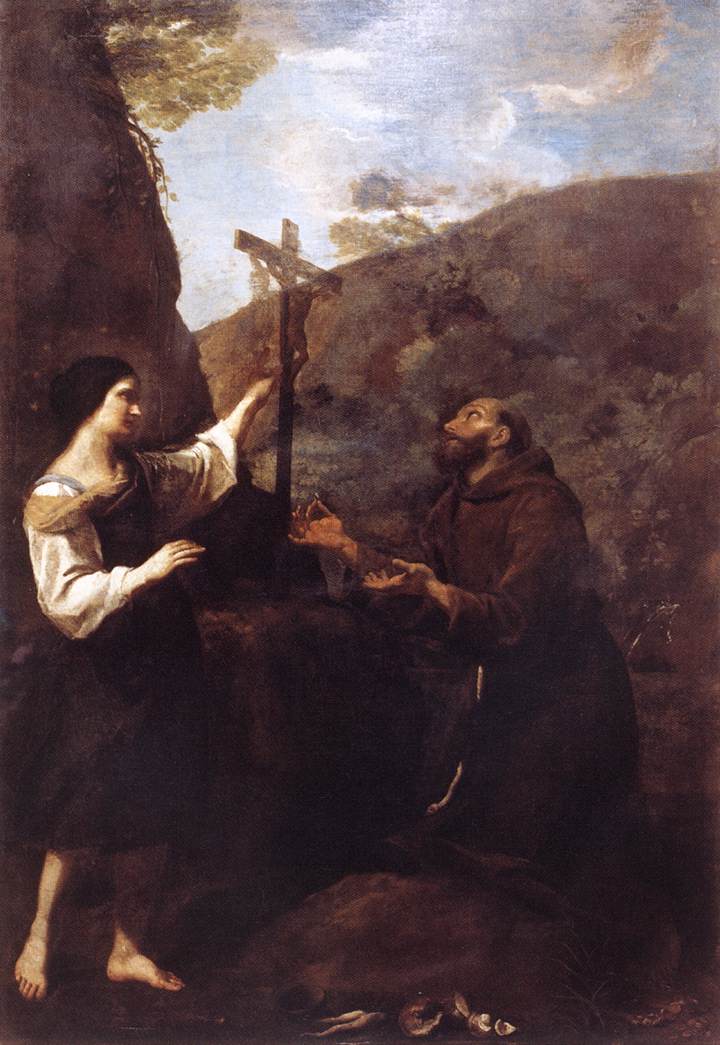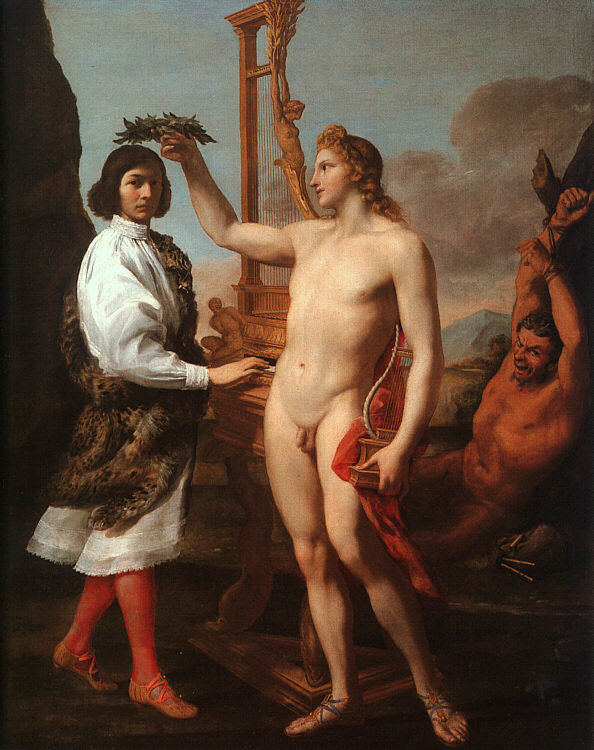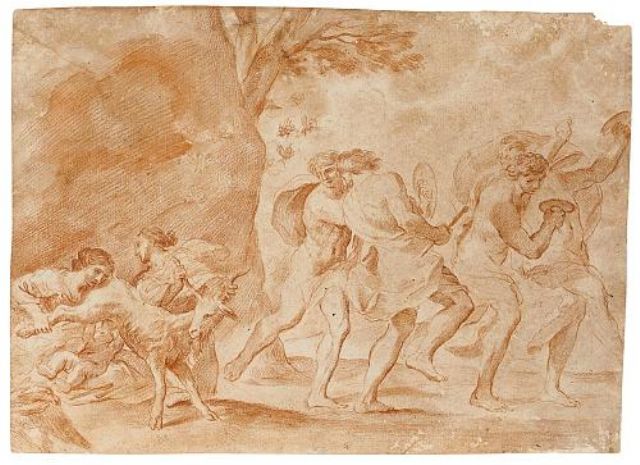Andrea Sacchi (1599 – 1661)
Get a Sacchi Certificate of Authenticity for your painting (COA) for your Sacchi drawing.
For all your Sacchi artworks you need a Certificate of Authenticity (COA) in order to sell, to insure or to donate for a tax deduction.
Getting a Sacchi Certificate of Authenticity (COA) is easy. Just send us photos and dimensions and tell us what you know about the origin or history of your Sacchi painting or drawing.
If you want to sell your Sacchi painting or drawing use our selling services. We offer Sacchi selling help, selling advice, private treaty sales and full brokerage.
We have been authenticating Sacchi and issuing certificates of authenticity since 2002. We are recognized Sacchi experts and Sacchi certified appraisers. We issue COAs and appraisals for all Sacchi artworks.
Our Sacchi paintings and drawings authentications are accepted and respected worldwide.
Each COA is backed by in-depth research and analysis authentication reports.
The Sacchi certificates of authenticity we issue are based on solid, reliable and fully referenced art investigations, authentication research, analytical work and forensic studies.
We are available to examine your Sacchi painting or drawing anywhere in the world.
You will generally receive your certificates of authenticity and authentication report within two weeks. Some complicated cases with difficult to research Sacchi paintings or drawings take longer.
Our clients include Sacchi collectors, investors, tax authorities, insurance adjusters, appraisers, valuers, auctioneers, Federal agencies and many law firms.
We perform Andrea Sacchi art authentication, appraisal, certificates of authenticity (COA), analysis, research, scientific tests, full art authentications. We will help you sell your Andrea Sacchi or we will sell it for you.

Andrea Sacchi was an Italian painter of High Baroque Classicism, active in Rome. A generation of artists who shared his style of art include the painters Nicolas Poussin and Giovanni Battista Passeri, the sculptors Alessandro Algardi and François Duquesnoy, and the contemporary biographer Giovanni Bellori.

Sacchi was born in Nettuno, near Rome. His father, Benedetto, was an undistinguished painter; Andrea initially entered the studio of Francesco Albani and became his last major pupil. In 1621, he moved to Rome where he spent the rest of his life. Much of his early career was helped by the regular patronage by Cardinal Antonio Barberini, who commissioned art for the Capuchin church in Rome and the Palazzo Barberini.

A contemporary rival of Pietro da Cortona, Sacchi was claimed to be following Raphael’s style when he advocated for a sparser canvas pieces with fewer figures. He reputedly traveled to Venice and Parma and studied the works of Correggio.

As a young man, Sacchi had worked under Cortona in Castel Fusano (1627-1629). But in a set of public debates later developed in the Roman Artist’s Guild, Accademia di San Luca, he strongly criticized Cortona’s exuberance. In particular, Sacchi advocated that since a unique, individual expression needs to be assigned to each figure in a composition, a painting should not consist of more than about ten figures. In a crowded composition, the figures would be deprived of individuality, and thus cloud the particular meaning of the piece. In some ways this is a reaction against the zealous excess of crowds in paintings by men such as Zuccari of the prior generation, and by Cortona among his contemporaries. Simplicity and unity were essential to Sacchi. Cortona argued that large paintings were more like an epic, that could avail themselves of multiple subplots. The encrustation of a painting with excess decorative details, including melees of crowds, would represent “wall-paper” art rather than focused narrative. Among the partisan’s of Sacchi’s argument for simplicity and focus were his friends, the sculptor Algardi and painter Poussin.

The controversy was however less pitched than some suggest, and also involved the dissatisfaction that Sacchi and Albani, among others, shared regarding the artistic depiction of low or genre subjects and themes, such as preferred by the Bamboccianti and even the Caravaggisti. They felt that high art should focus on exalted themes- biblical, mythological, or from classic history.

Sacchi, who worked almost always in Rome, left few pictures visible in private galleries. He had a flourishing school: Poussin and Carlo Maratta were younger collaborators or pupils. In Maratta’s large studio, Sacchi’s preference for grand manner style would find pre-eminence among Roman circles for decades to follow. But many others worked under him or his influence including Luigi Garzi, Francesco Lauri, Andrea Camassei and Giacinto Gimignani. Sacchi’s own illegitimate son Giuseppe, who died young after giving very high hopes. Sacchi died at Nettuno in 1661.

Still wondering about an Italian painting in your family collection? Contact us…it could be by Andrea Sacchi.
Reviews
1,217 global ratings
5 Star
4 Star
3 Star
2 Star
1 Star
Your evaluation is very important to us. Thank you.
